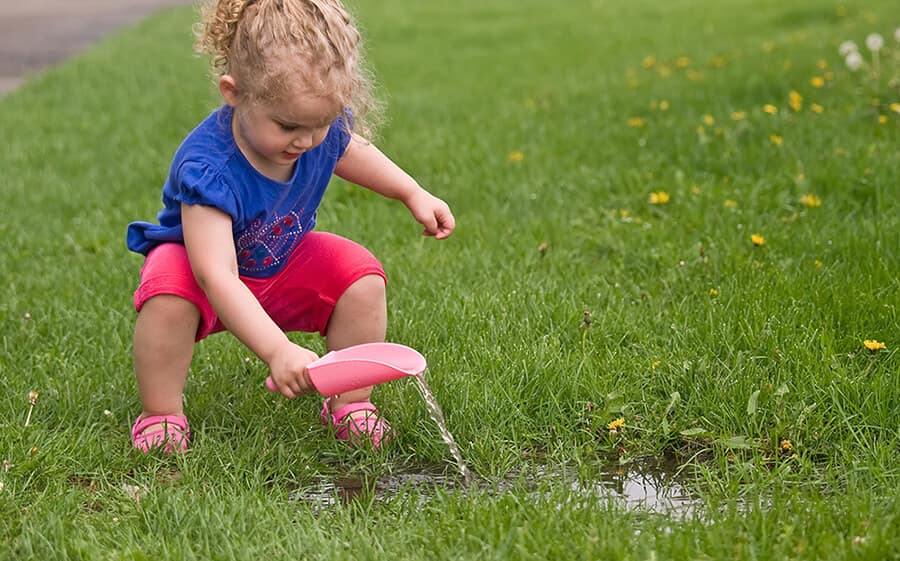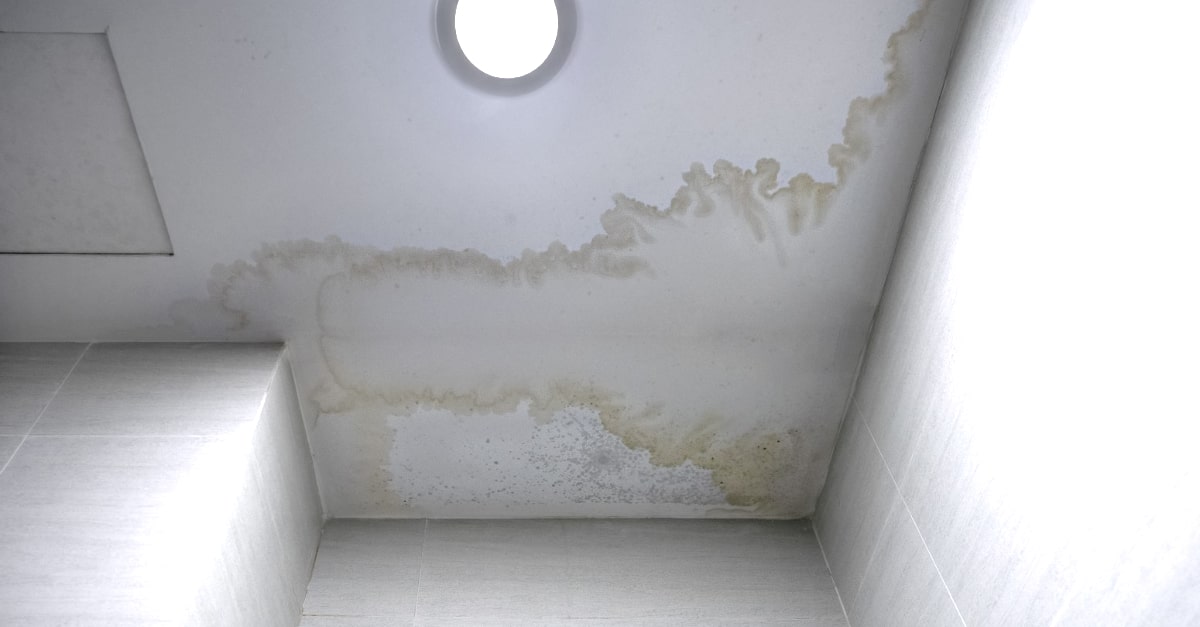Familiarize Yourself With 6 Common Reasons For Water Seepage Within Your Home
Familiarize Yourself With 6 Common Reasons For Water Seepage Within Your Home
Blog Article
Everybody has their unique opinion in relation to How to detect water leaks in your home.

Leaks not just create waste of water yet can additionally create unnecessary damage to your home and also promote undesirable natural development. Regrettably, water leakages might go undetected considering that most of the pipework in our house is hidden. By understanding and looking for daily scenarios that cause leaks, you can safeguard your house from future leaks as well as unnecessary damage. Today, we will take a look at 6 leakage triggers that might be triggering your pipes to drip.
Trespassing roots
A lot of water leakages start outside the house instead than inside it. You could see wet spots or sinkholes in your yard, and also that could mean that tree origins are invading water lines causing water to leak out.
Corroded water systems
This may be the cause of staining or warping on your water pipes. If our plumbing system is old, think about replacing the pipelines considering that they are at a greater threat of corrosion than the more recent designs.
Defective Pipe Joints
Pipeline joints can degrade over time, resulting in water leaks. If you have noisy pipelines that make ticking or banging sounds, especially when the warm water is turned on, your pipe joints are most likely under a great deal of pressure.
Immediate temperature modifications.
Extreme temperature adjustments in our pipes can create them to broaden and acquire all of a sudden. This expansion and contraction may create cracks in the pipelines, especially if the temperature level are below freezing. If you maintained an eye on how your plumbing works, it would certainly be best. The existence of the previously mentioned circumstances regularly suggests a high risk.
Poor Water Connectors
At times, a leakage can be triggered by loosened hoses and pipelines that supply your appliances. In instance of a water links leakage, you might notice water running directly from the supply line or pools around your devices.
Obstructed Drains
Blocked drains could be annoying and also inconveniencing, however they can occasionally end up triggering an overflow bring about burst pipelines. Maintain removing any type of products that may drop your drains that could block them to stay clear of such aggravations.
All the above are sources of leakages but not all water leakages arise from plumbing leaks; some leaks might originate from roof leakages. All leakages should be repaired promptly to prevent water damage.
Leakages not only create waste of water however can also create unnecessary damages to your house and advertise unwanted natural growth. By recognizing and looking for day-to-day situations that trigger leakages, you can safeguard your home from future leakages and unnecessary damages. Today, we will look at 6 leak creates that might be causing your pipes to drip.
At times, a leakage can be caused by loosened hoses and pipes that provide your devices. In case of a water connections leak, you may observe water running straight from the supply line or pools around your devices.
How To Check For Water Leak In Your Home
How To Check for Leaks
The average household's leaks can account for nearly 10,000 gallons of water wasted every year and ten percent of homes have leaks that waste 90 gallons or more per day. Common types of leaks found in the home are worn toilet flappers, dripping faucets, and other leaking valves. These types of leaks are often easy to fix, requiring only a few tools and hardware that can pay for themselves in water savings. Fixing easily corrected household water leaks can save homeowners about 10 percent on their water bills.
To check for leaks in your home, you first need to determine whether you're wasting water and then identify the source of the leak. Here are some tips for finding leaks:
Take a look at your water usage during a colder month, such as January or February. If a family of four exceeds 12,000 gallons per month, there are serious leaks.
Check your water meter before and after a two-hour period when no water is being used. If the meter changes at all, you probably have a leak.
Identify toilet leaks by placing a drop of food coloring in the toilet tank. If any color shows up in the bowl after 10 minutes, you have a leak. (Be sure to flush immediately after the experiment to avoid staining the tank.)
Examine faucet gaskets and pipe fittings for any water on the outside of the pipe to check for surface leaks.
Undetected water leaks can happen without the home or business owner even realizing. If you suspect a water leak, but not able to find the source. It is time to contact a professional water leak detection service, The Leak Doctor.
How To Find a Water Leak In Your Home
https://www.leakdoctor.com/blog/How-To-Check-For-Water-Leak-In-Your-Home_AE197.html

As a fervent person who reads about Top Causes of Home Water Leaks, I assumed sharing that excerpt was beneficial. Sharing is nice. Helping people is fun. Bless you for your time. Come back soon.
Act before it's late! Report this page